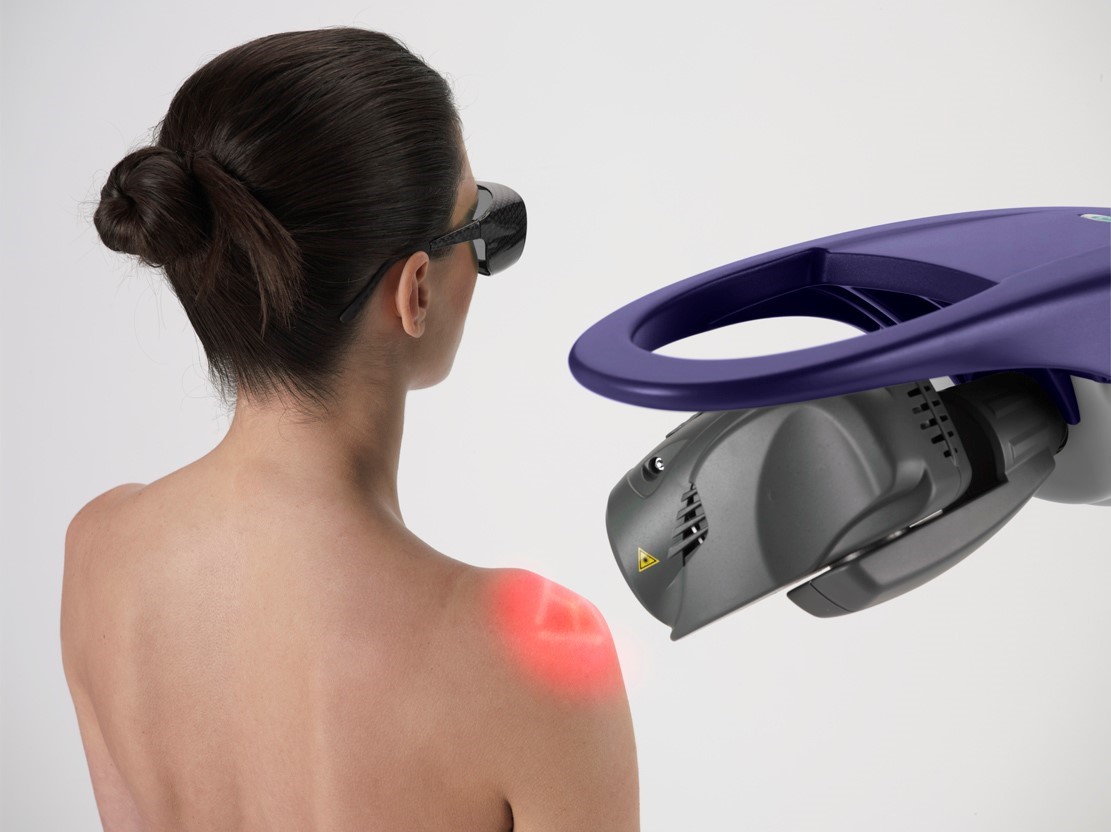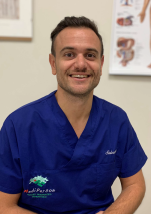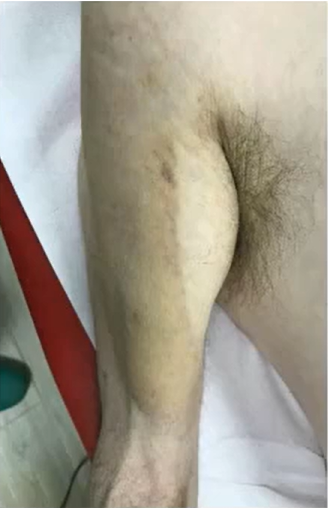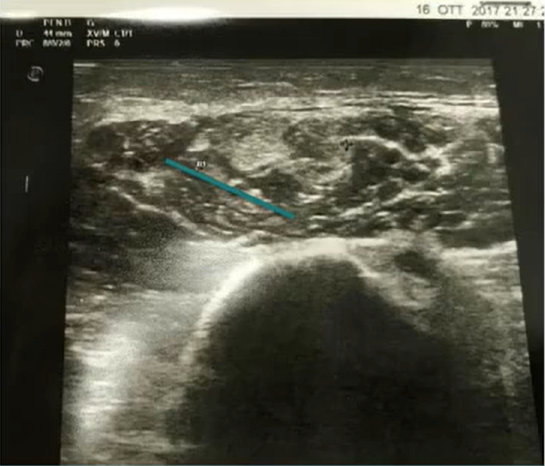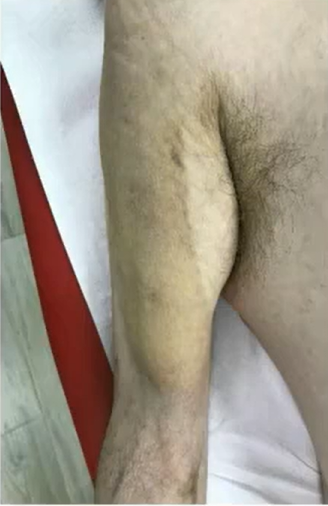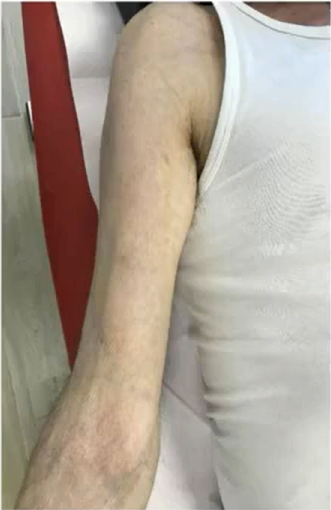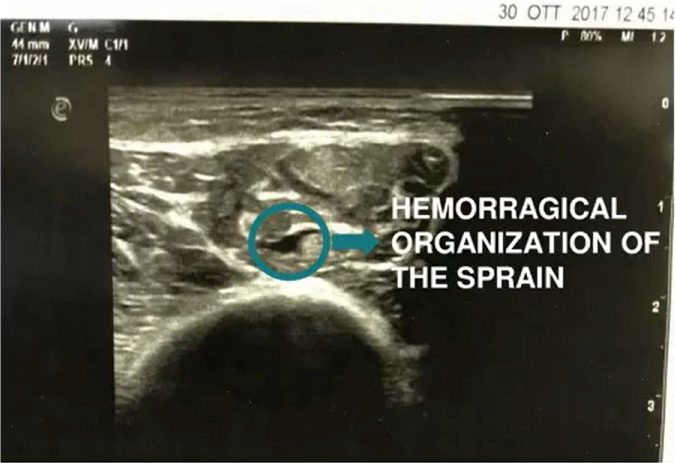What Are Soft Tissue Injuries?
Soft tissues connect, support or surround hard structures or organs in the body. They include muscle, fat, fibrous tissue, blood vessels, tendons, ligaments and nerves
Soft tissue injuries occur when the soft tissue is damaged. These injuries can be categorised as either acute or overuse. Acute injuries are caused by a sudden trauma, such as a fall, twist, or blow to the body. They are the most common injury in sport. Patients will present with sprains, strains, or contusions.
Overuse injuries occur when the tissue is being used too often without enough time to recover between use. Tissue overuse can lead to conditions such as tendinitis and bursitis.
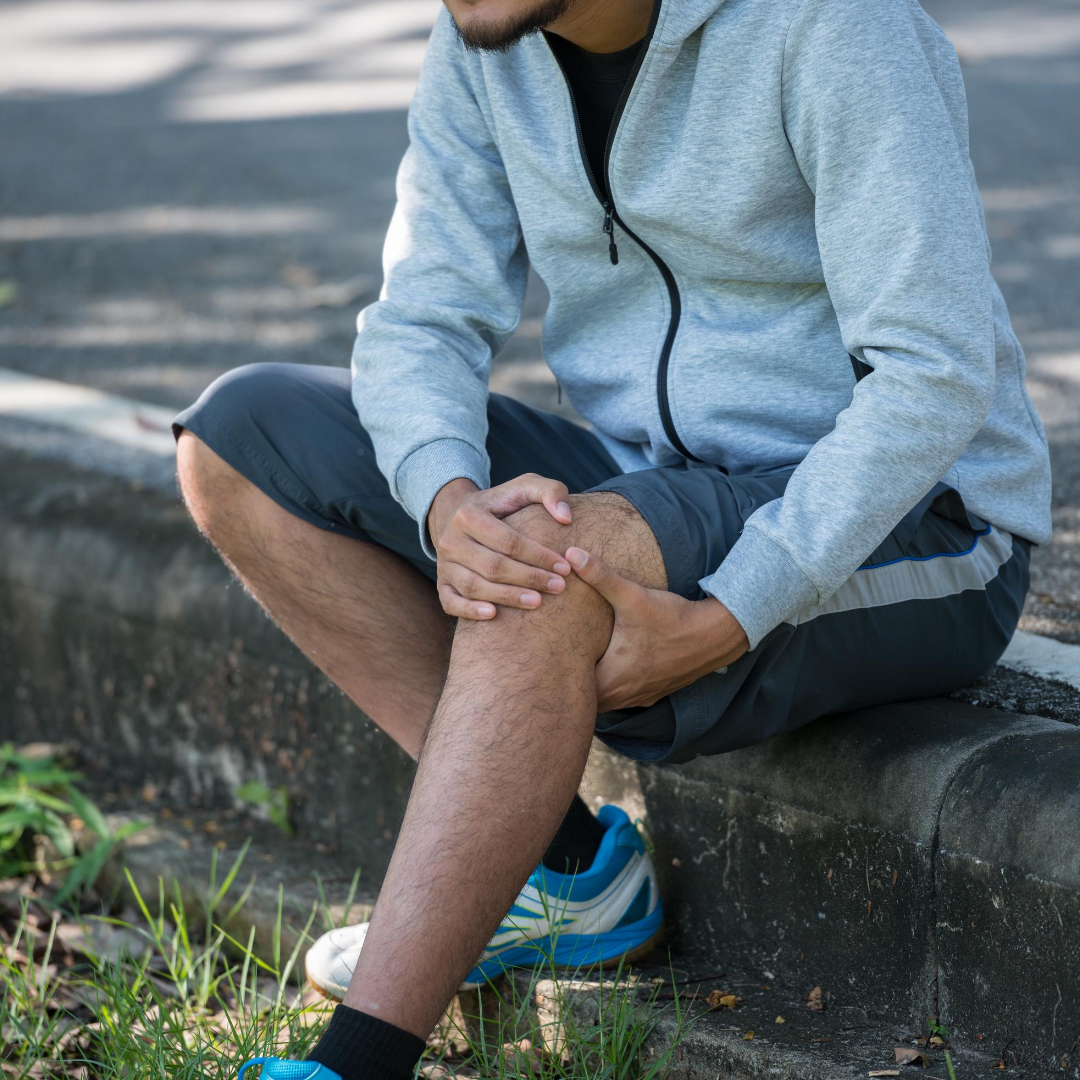
The biggest consequences of soft tissue injuries can include pain, swelling, limited range of motion, and muscle weakness. If not properly treated, soft tissue injuries can also lead to long-term chronic pain and disability. Additionally, soft tissue injuries can also cause emotional distress and negatively impact a person’s quality of life.
Soft tissue injuries amounted to 46% of hospitalisations due to overexertion in Australia in 2020-21.1 Effective and efficient treatment methods are crucial to help patients return to their everyday activities as soon as possible.
Common Treatments of Soft Tissue Injuries
Soft tissues injuries are usually self-treated using the RICE (rest, ice, compression and elevation) and the No HARM (no heat, alcohol, running/activity, massage) treatment methods.
These methods are best applied within the first 48-72 hours of the injury. If symptoms persist, the injury may be more severe such as a fracture, dislocation, break or a more serious muscle tear. If this is the case, patients are required to see a doctor to have the injury investigated further.2
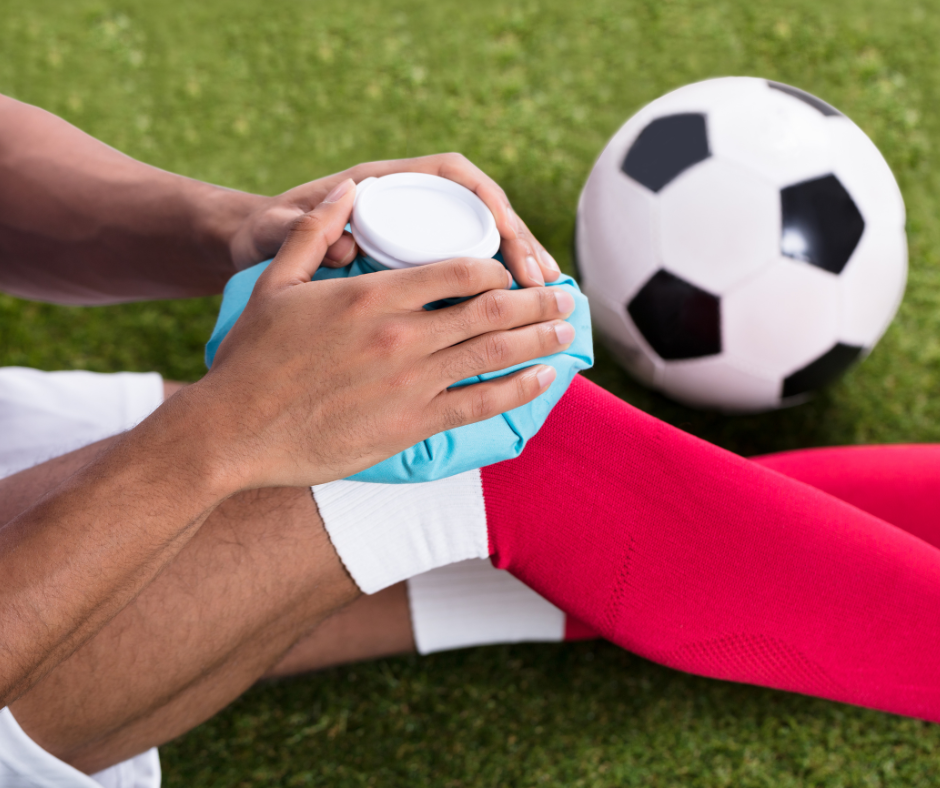
Applying an ice pack is a common treatment method to heal soft tissue injuries.
How Long Does Soft Tissue Damage Take to Heal?
Soft tissue damage usually takes from 1 – 6 weeks to heal using the RICE and No HARM treatment methods.2 However, this may not be ideal for people who want to get back into their sport, profession or life as quickly as possible with minimal chance of reinjury. There are faster ways to heal soft tissue injuries with longer-lasting results. The revolutionary MLS® laser therapy is one of these options.
The Best Treatment for Soft Tissue Injuries
MLS® laser therapy is an enhanced type of photobiomodulation therapy (PBMT) and is effective for treating soft tissue injuries. This includes sprains and strains, tendinitis, and chronic pain conditions such as lower back pain and neck pain. It has also been found to be a safe and effective treatment option for patients of all ages.
Another benefit of MLS® laser therapy is that it is a complementary treatment and can be combined with other treatment modalities such as physiotherapy and manual therapy. In many cases, it can be used to enhance the effectiveness of these treatments, thereby reducing the number of required sessions.
Soft tissue injuries, including more severe conditions, can be treated in 1-2 weeks on average with MLS® laser therapy. This allows patients to return to their sport, work or everyday tasks faster.
How Does MLS® Laser Therapy Heal Soft Tissue Injuries?
MLS® heals soft tissue injuries through its biostimulation mode. PBMT penetrates the tissue with light energy and stimulates the body’s natural healing processes. It also promotes the production of collagen, a protein that is responsible for the formation of scar tissue, helping to promote the healing of strains and sprains. The laser takes damaged tissue away and drives more blood and nutrients into the affected area. Additionally, it simultaneously reduces swelling and pain. These combined biological effects promote faster tissue healing.
On a cellular level, MLS® laser therapy produces the following results:
- Modulates the inflammatory processes.
- Extracellular matrix remodelling.
- Induces myogenesis, which results in the reconstitution of damaged muscle fibres.
- Modulates production of the structural proteins of the muscle, such as actin and tropomyosin, which are important for muscular contraction.
- Increases the Galectina-3 and HNRNP K proteins, which can induce angiogenesis and the regeneration of nerve fibres, important for neuronal function and lymphatic and vascular regeneration.
- Stimulates the endothelial function.
- Reduces oedema re-absorption times.
- Prevents the formation of noticeable scar tissue.
These outcomes are only possible due to MLS®’s patented, dual wavelength laser. The PBMT modality combines a super-pulsed, 905nm wavelength laser with the continuous wave of a 808nm laser. While the 905nm laser treats pain and promotes healing, the 808nm wavelength simultaneously reduces inflammation and oedema. This synchronised delivery system provides synergistic results so that soft tissue healing is greater than with the equivalent single wavelength beam.
Learn what soft tissue injuries are effectively treated with MLS® laser, explore MLS® case studies, and hear the experiences of other practitioners who use MLS® laser for soft tissue conditions by downloading our free eBook, ‘Let There Be Light: Sports Edition Part Two’.
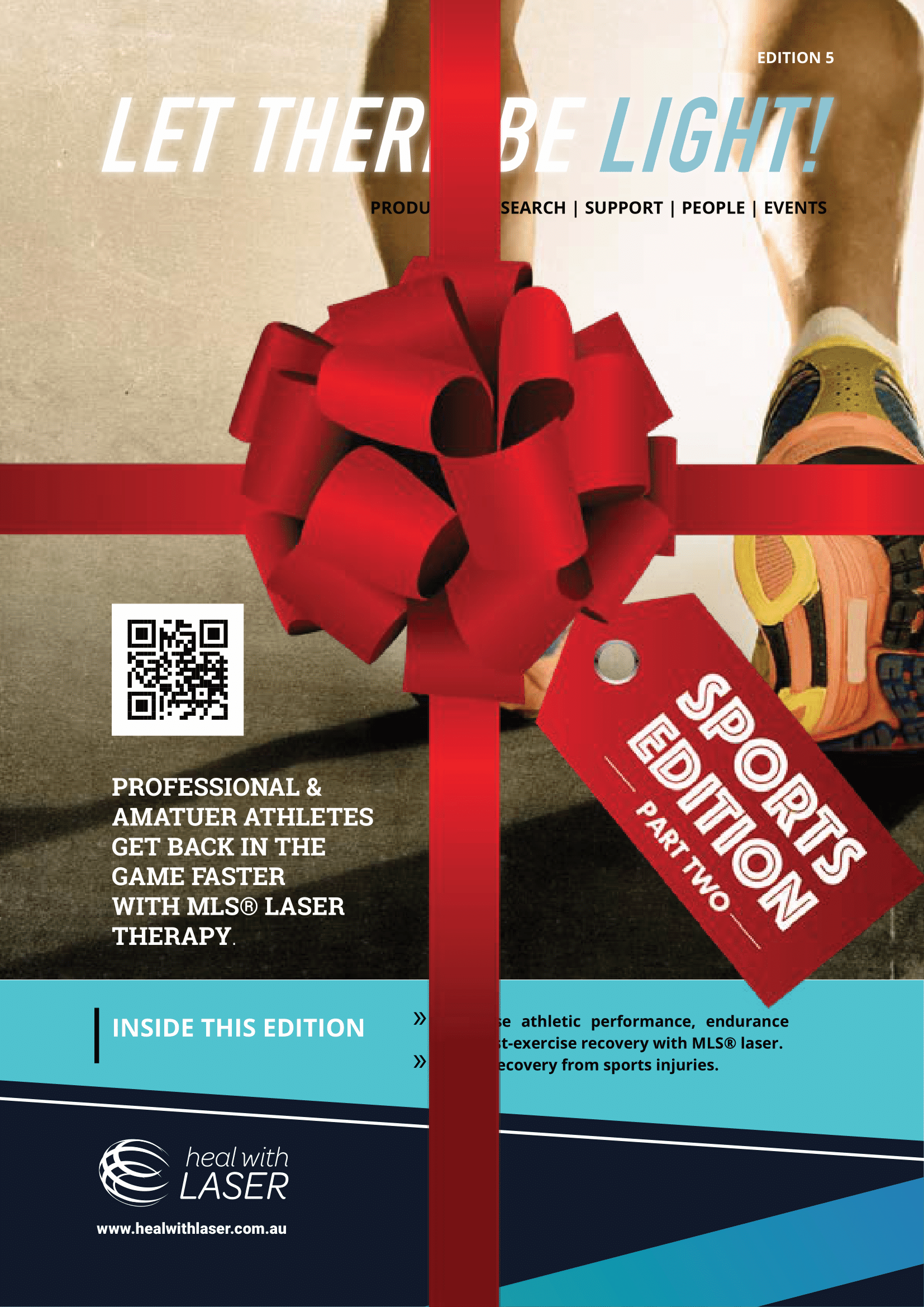
What Is The MLS® Laser Treatment Plan for Soft Tissue Injuries?
Practitioners will need to assess the injury before prescribing an MLS® laser therapy treatment plan for their patient. Each treatment session lasts for eight minutes on average. Multiple PBMT sessions are required to completely heal the damaged tissue. This is because each laser therapy session is cumulative and builds on previous treatments. As the results are cumulative, patients will see ongoing improvements as they progress through the treatment plan. The number of laser therapy sessions required will depend on the nature, severity and pathology of the injury.
What does this mean for practitioners? The effective and long-lasting treatment of soft tissue injuries through the simultaneous reduction of pain, inflammation and oedema. MLS® is an effective way to speed up the healing process for soft tissue injuries.
“Acute injuries can be treated in as little as one week.”
Case Study: The Efficacy of MLS® Laser Therapy to Treat a Deltoid Sprain
He achieved rapid results. “This treatment plan resulted in the complete reabsorption of the area of oedema”, Salvatore states. “The haemorrhagic organisation of the sprain was achieved after only 14 days from the injury. For an injury of this nature, 21-35 days are usually required for complete healing”.
Below are some pictures and ultrasound scans taken before and after the laser treatment:
“For an injury of this nature, 21-35 days are usually required for complete healing.”
Salvatore explains why he uses MLS® to treat his patients:
“MLS® promotes faster recovery times because it accelerates tissue repair and improves biostimulation.
It is also can prevent other injuries and increase the strength, endurance and performance of muscles.”
This makes this type of PBMT ideal to effectively treat soft tissue injuries.
Successfully Treat Your Patients With MLS® Laser Therapy
Practitioners across a wide range of specialties around the world have adopted MLS® laser therapy into their practice and have reaped profound benefits. Not only are they enhancing their patient outcomes, but they are also increasing their patient base, providing a new treatment option and becoming even more respected in their field of practice.
To see how this revolutionary technology can help you, book a personalised demo of our lasers.
No other treatment modality can produce results as efficient, effective and long-lasting as MLS® laser therapy.
References

